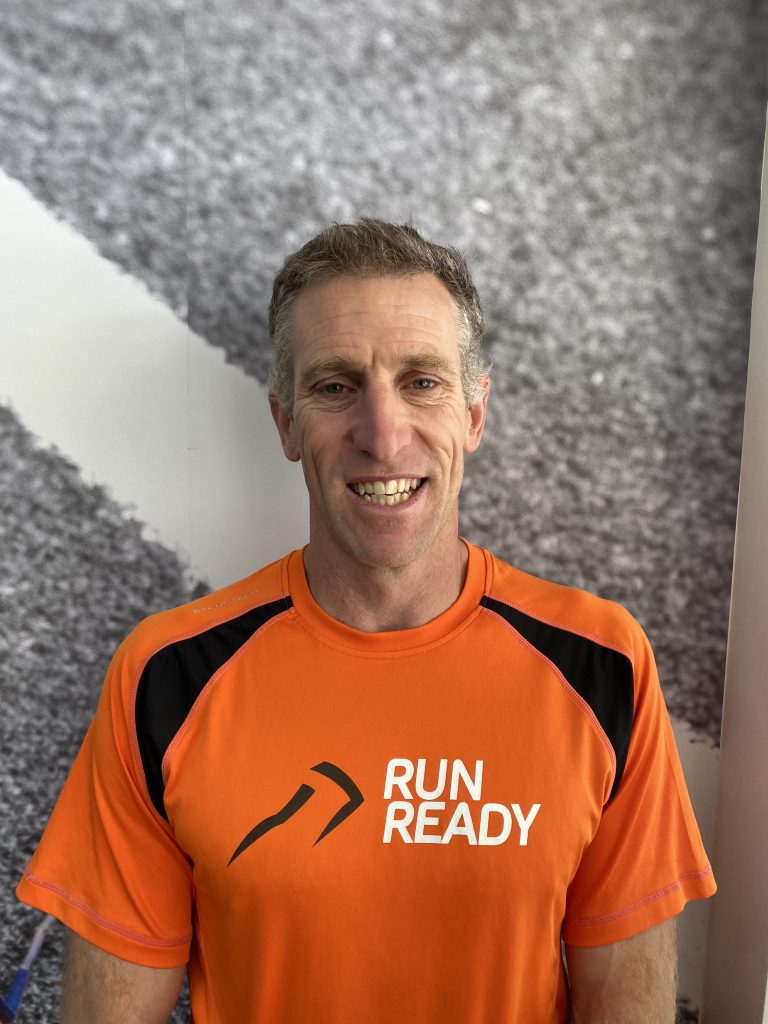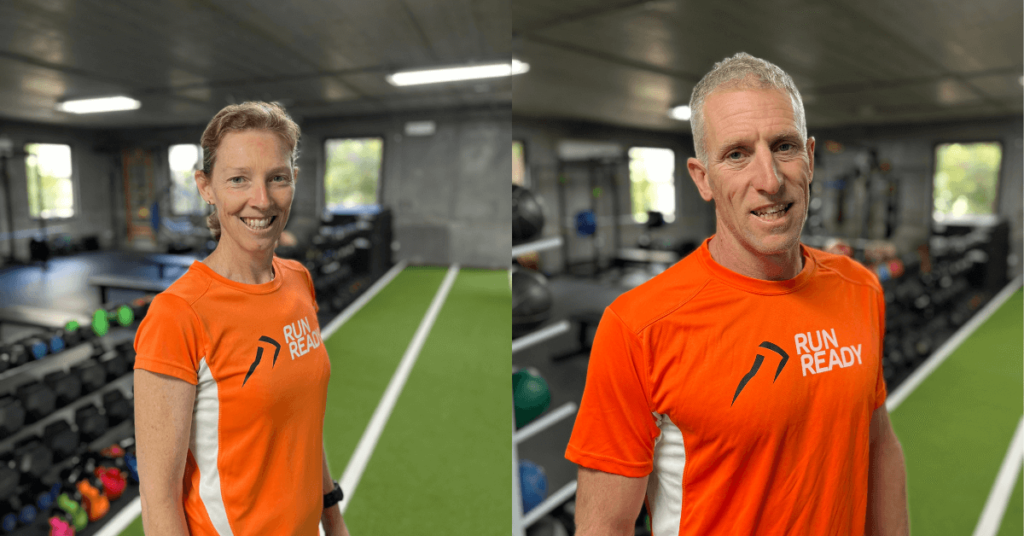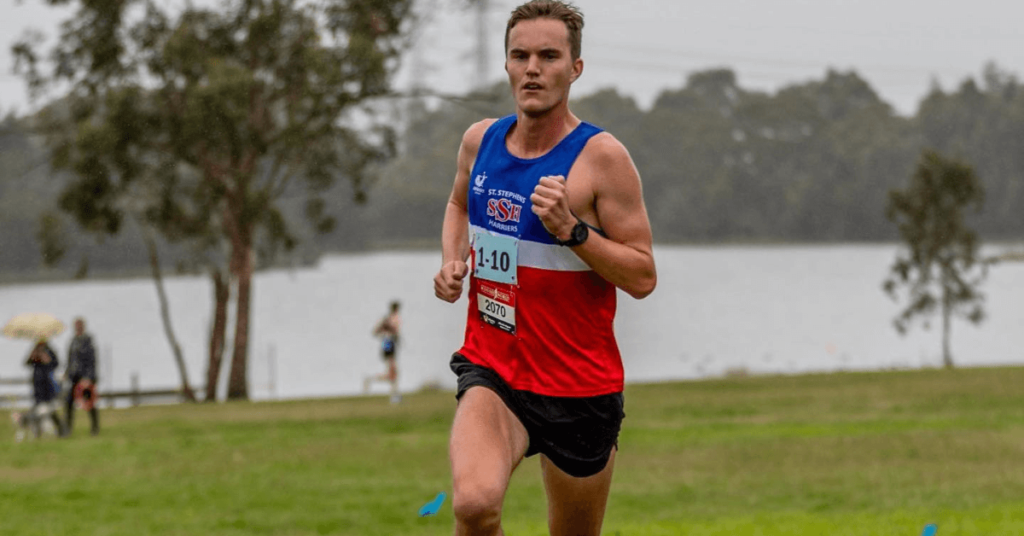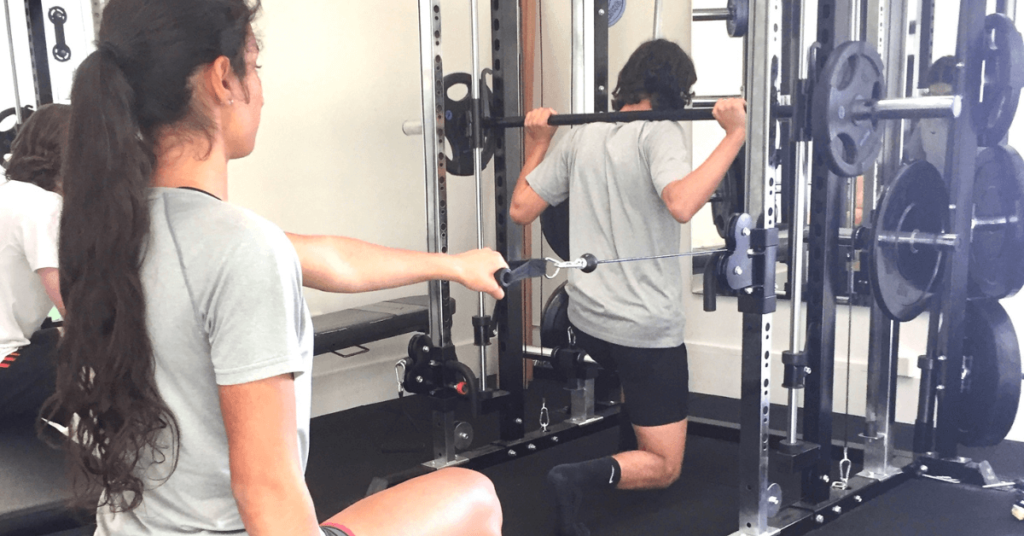How to Become a Certified Personal Trainer

Why wouldn’t you want to follow your passion and help people achieve their fitness goals by becoming a personal trainer? Independent employment gives you a great deal of freedom, including choosing your hours, working where and with whoever you like, and determining your compensation, to some extent. You can also assist others in achieving their objectives. It’s gratifying and enjoyable, and it gives you a lot of room to grow and learn. If you have a burning passion for anything fitness and exercise-related, this may be your profession! Learn how to become a personal fitness trainer with our step-by-step guide.
What is a Personal Trainer?
A certified personal trainer designs customised training plans for their customers, encouraging and assisting them as they work towards their objectives. As a personal trainer, you’ll assist your clients in achieving their fitness goals, cutting fat or bulking up. Whether they choose weightlifting, cardio equipment, or group exercise courses, you’ll be there to guide and coach them.
Although the majority of personal trainers work in fitness centres and gyms, you can find work in places you may not have thought of, including apartment buildings, community centres, outdoor boot camps, corporate wellness sites, resorts and cruise ships, a client’s home, your home gym, or even online as a remote trainer. Anywhere there is a sizable, varied group of people who desire to improve their health might be your perfect workplace.
Advantages of Hiring a Personal Fitness Coach
A personal trainer or coach can help you reach your fitness goals faster, safer, and more effectively. They can also help you get better results or simply learn to enjoy exercise more than you ever thought was possible. This is true whether you’re a beginner in the fitness world or an experienced gymgoer/recreational athlete with a strong fitness level.
- Better Accountability for your health
- You get expert advice and tips not just about exercise but also fitness and health, in general
- Tailor-made programs to fit your goals and needs
- Makes working out fun and something to look forward to
- Gain results efficiently
- Fits your schedule
What are the responsibilities of a Personal Trainer?
A personal fitness coach should do several duties each day, beginning with evaluating the physical state of their customers and designing customised fitness regimens for them. To prevent accidents, you’ll demonstrate how to use the training equipment properly while clearly outlining the activities. Here are just some of the responsibilities of a fitness trainer.
- Assisting customers in creating both short- and long-term goals
- Examining the client’s ability and behaviour
- Assisting current customers with their competitive and fitness objectives.
- Guiding diet, health, and dietary adjustments
directing group exercise sessions as required - Assisting customers with their exercises and warning them about crucial safety issues
- Lifting and positioning exercise equipment
recording and producing client progress reports - Constructing exercises that the client may safely repeat
- Discussing objectives with members and presenting customised training programmes to them
What are the Qualities and Skills a Personal Trainer should have?
Although it may appear simple at first, choosing a personal trainer to work with you for a long time is not easy. Many fitness centres now provide personal trainers, and every one of them is just as excellent as any other. Before you contemplate entrusting your fitness goals and demands to a personal trainer, there are a few qualities they must possess. A personal trainer must be in excellent physical condition and prepared to assist customers in achieving their physical objectives. A qualified applicant for personal training will possess a variety of required abilities, such as:
Education and Credentials
When looking for a personal trainer, credentials are unquestionably the first thing you should consider. An excellent personal trainer needs to be educated and certified to a high degree.
Excellent Communicator
One of the most important aspects of becoming a personal trainer is having strong communication skills. The trainer leads the customer towards improved health and well-being by providing direction and motivation.
Flexibility
If you want to succeed in this position, flexibility, problem-solving abilities, and the capacity to think quickly are needed. The trainer’s empathy and flexibility will be tested when the going gets tough, and the client seems unmotivated to push through the tough spots in the training programme.
Patience
Patience is a virtue that goes hand in hand with empathy. Sometimes you just can’t do that one workout or that final rep because it’s not your day or maybe your week. The best personal trainers know how to challenge their clients while remaining cool under pressure.
Positive Energy
The ability to motivate a client throughout their training programme depends on their energy level. A personal trainer must make an effort to remain energised and motivated, even after teaching for several hours and maybe travelling to see multiple clients in one day; otherwise, clients won’t be either. Because of the infectious nature of optimism, your customers will likely adopt your upbeat disposition if you consistently demonstrate enthusiasm and drive throughout sessions.
How do you become a certified personal trainer in Australia?
Many people mistakenly think enrolling in a personal training course or becoming a personal trainer is simple. But it’s not. The path to becoming a personal trainer is labour-intensive. The following are the requirements for becoming a personal trainer or fitness instructor:
Step 1: Enroll in a Fitness Course
Getting a certification as a personal trainer is essential, regardless of how long you’ve been working out at a gym. In this regard, enrolling in a personal trainer course, either virtual or physical, is the first thing to do. A certificate III or IV in fitness is also a must for people who aspire to become fitness trainers in Australia.
- Certificate III and IV Fitness: With Certificate III in Fitness, you may manage organised sessions like LesMills®, Spinning®, or Zumba® as a gym instructor. These organisations also stipulate particular requirements needed to teach these kinds of classes. You can earn a Certificate IV in Fitness and work as a full-fledged Personal Trainer. Having a Cert III and a Cert IV under your belt makes you more marketable to potential employers, and most training providers provide discounts. It opens up many possibilities for you in the future, like running boot camps, training individuals or groups of customers, establishing fitness objectives, and more.
Step 2: Gain Experience
To get your Certificate III or IV in the fitness industry, you must do a practical internship at a real gym or fitness centre throughout your study. A vocational placement entails spending a set number of hours as an assistant teacher at a fitness centre or gym. This allows you to learn from the expertise of established fitness experts and expand your professional network by interacting with like-minded peers.
Step 3: Get Registered!
The backing of an industry organisation and an improvement in your employer’s and client’s trust in you will come from becoming registered as a fitness professional. Registering with a reputable organisation, such as Fitness Australia or Physical Activity Australia, demonstrates that you have met their standards and that your knowledge and abilities are relevant.
Step 4: Apply and get the job
You may apply for employment at any facility that offers physical training, like a gym, an aerobics studio, or a fitness centre. These are the locations where a novice can begin their career and advance to the level of a professional trainer.

- Over the previous five years, demand for personal trainers has fluctuated significantly in 2019–20 and 2020–21 due to the COVID–19 pandemic while somewhat increasing in years after. Australians are also becoming more conscious of health concerns and the advantages of regular exercise. A reasonably high degree of health consciousness may be seen in the fact that over two-thirds of Australians exercise for at least 100 minutes every two weeks. (Ibis World)
A Certificate III or IV in fitness is the most prevalent degree held among fitness instructors, followed by diplomas (21%), and bachelor’s degrees (14%) according to studies done by Fitness Australia.
How much does a Personal Trainer earn?
Personal fitness trainers can earn a lot depending on their qualifications and experience. In Australia, the typical personal trainer earns $73,125 per year or $37.50 per hour. Most experienced fitness professionals earn up to $112,125 annually, while entry-level roles start at $64,594.
What are the working hours of a Fitness Trainer?
It may be physically taxing to deal with clients, teach group exercises, and be in front of people all day. Most personal trainers continue to check their messages and follow up with customers even when not working in the gym to ensure they have a full schedule for the following day. On average, personal trainers’ workweek hours are 42.6, which is 1.7 hours more than the national average.
Certified Personal Trainer FAQ
Most personal trainers will bill between $40 and $90 per hour, according to the Australian Institute of Personal Trainers, as a general rule. In contrast, if you have the financial means to do so, it may be an excellent expenditure on your health and fitness.
Personal trainers are pricey because you are paying for their undivided attention for 30 to 60 minutes. In addition to their experience and expertise, many trainers often have advanced degrees and certifications that allow them to charge higher rates. Other trainers demand high fees only because they are confident in their abilities.
Not always, more is better! Fitness trainers may get to know their customers better by regularly spending 30 to 60 minutes with them. It’s not required to work out continuously in order to gain muscle. To observe results, weight training for 20 to 30 minutes, two to three times a week, is sufficient.
For a minimum of three to six months, you should work out with a personal trainer once to three times a week. If you’re very strapped for cash but can afford to train on your own at least once a week, once a week would be ideal.
Tipping your fitness coaches is a personal choice and not a requisite. Remember that a tip doesn’t necessarily have to be cash; you could also offer your trainer presents like theatre tickets or anything else you think they’d like based on what you’ve learned about them from your time training with them.




